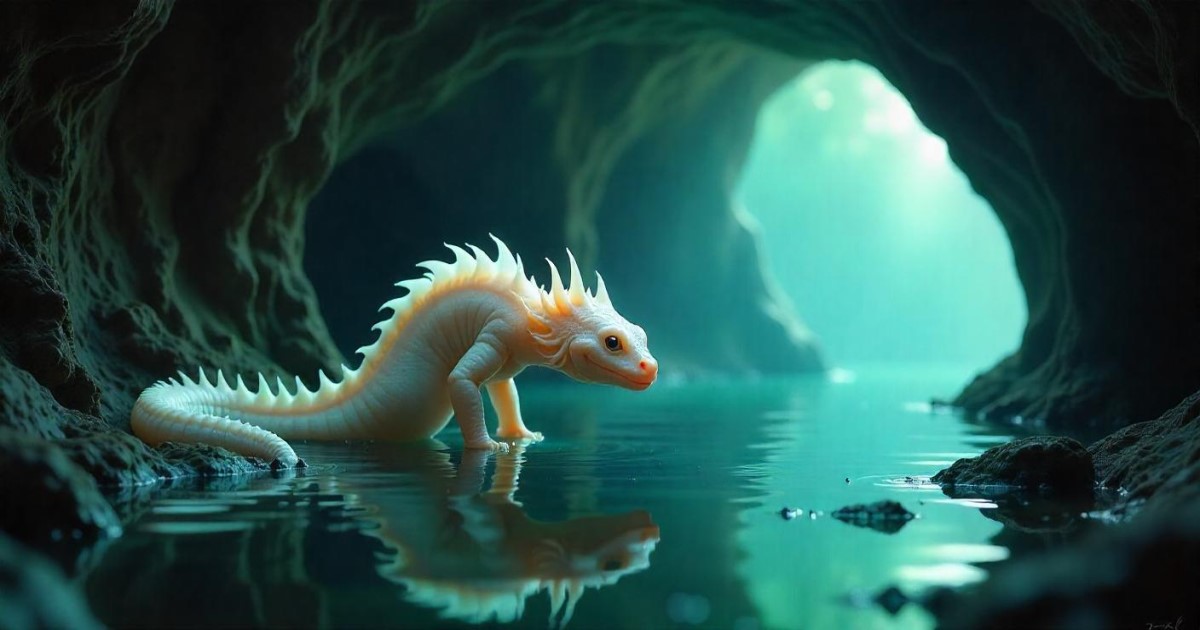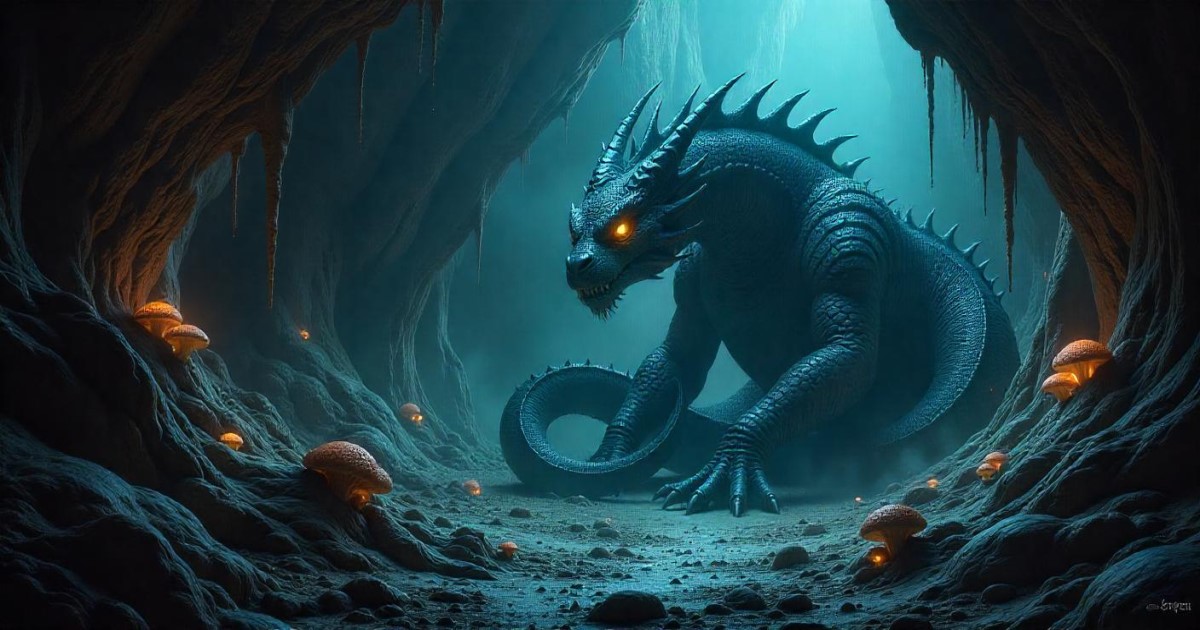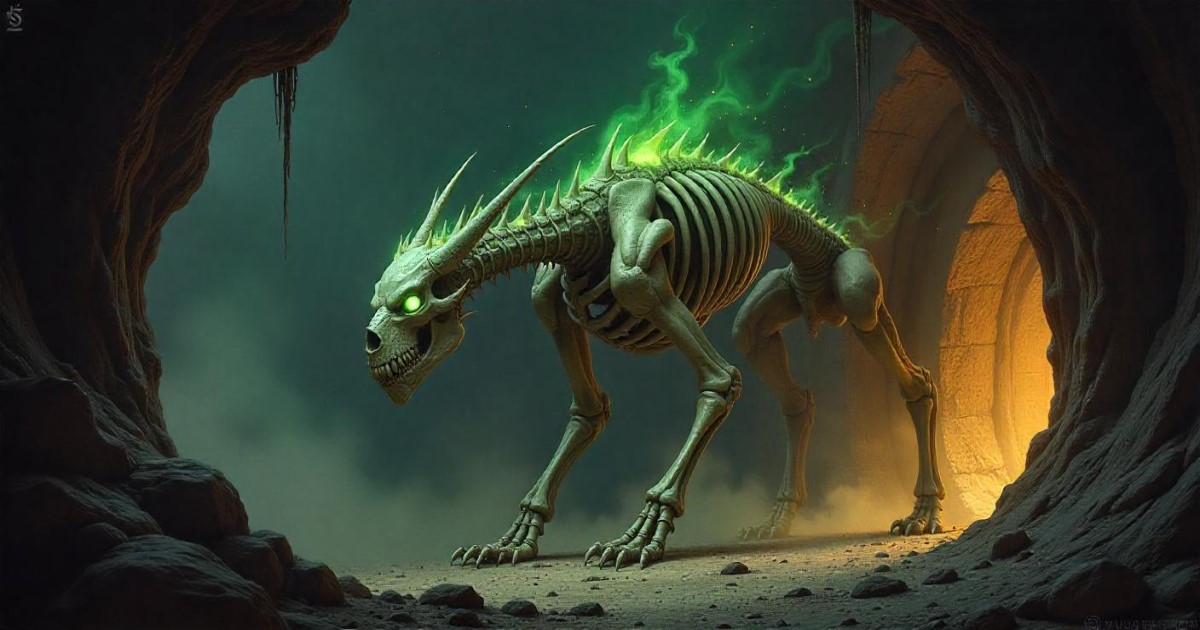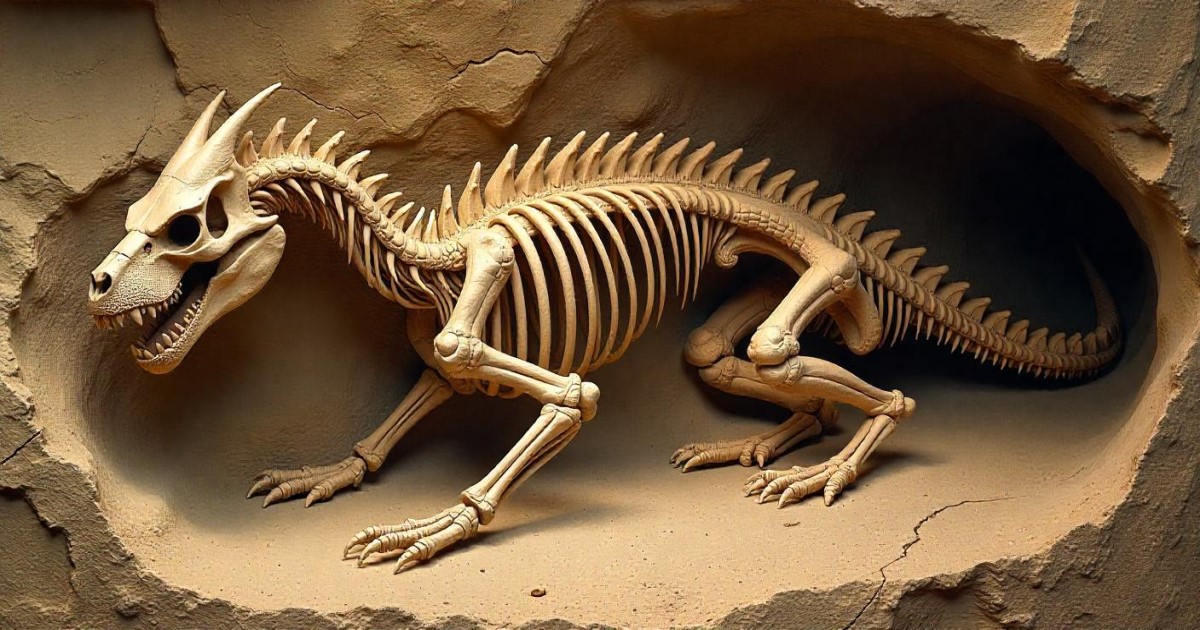Cave Wyrm – Myth, Monster, or Misunderstood Creature?

Have you ever heard of the mysterious Cave Wyrm? This enigmatic creature has fascinated adventurers, mythologists, and gamers alike. Often depicted as a massive, serpentine beast lurking in the darkest depths of caves, the Cave Wyrm is a staple of fantasy lore and pop culture. But what exactly is this creature, and why does it captivate our imaginations?
From ancient myths to modern video games, the Cave Wyrm has carved its place as one of the most intriguing mythical creatures. Whether you’re a fantasy enthusiast, a gamer, or simply curious about the unknown, this article dives into the origins, characteristics, and cultural impact of the Cave Wyrm. Join us as we unravel the secrets of this legendary cave-dwelling dragon and explore its role in stories, games, and beyond.
What is a Cave Wyrm?

The Cave Wyrm is a mythical or fictional creature often depicted as a giant, serpentine, or dragon-like beast that dwells in the darkest corners of caves. Unlike traditional dragons, Cave Wyrms are typically wingless, emphasizing their primal, earthbound nature. These creatures are known for their intimidating physical traits: thick, scaly hides; glowing, menacing eyes; and massive, coiled bodies that can stretch for dozens of feet.
In terms of behavior, Cave Wyrms are often portrayed as territorial and aggressive, fiercely guarding their underground lairs from intruders. However, some legends describe them as reclusive, only attacking when provoked. Their preferred habitat—dark, subterranean environments like caves, tunnels, or abandoned mines—adds to their aura of mystery and danger.
The Cave Wyrm has left its mark across various forms of storytelling, from ancient mythology to modern fantasy literature and gaming. Whether as a fearsome foe in tabletop RPGs like Dungeons & Dragons or a lurking threat in video games, this cave-dwelling dragon continues to captivate audiences with its blend of terror and intrigue.
Origins of the Cave Wyrm

The Cave Wyrm has deep roots in mythology, drawing parallels to legendary creatures from cultures around the world. In Norse folklore, the serpent Jörmungandr, a massive wyrm encircling the earth, shares similarities with the Cave Wyrm’s serpentine form. Similarly, Celtic legends speak of dragons and wyrms as guardians of treasure or omens of chaos. In Eastern folklore, creatures like the Chinese Jiaolong (a cave-dwelling dragon) echo the Cave Wyrm’s connection to subterranean realms. These myths highlight humanity’s long-standing fascination with cave-dwelling creatures as symbols of power, danger, and the unknown.
In modern times, the Cave Wyrm has evolved into a staple of fantasy literature and gaming. Authors like J.R.R. Tolkien popularized wyrm-like creatures in works such as The Hobbit, where Smaug the dragon embodies many traits of a classic wyrm. In tabletop RPGs like Dungeons & Dragons, Cave Wyrms are often featured as formidable bosses, challenging players with their strength and cunning. Video games, too, have embraced the Cave Wyrm, with titles like The Elder Scrolls V: Skyrim and Terraria featuring wyrm-like enemies in dark, underground settings. These modern interpretations keep the Cave Wyrm alive as a symbol of adventure and danger in fantasy worlds.
The Cave Wyrm in Popular Culture

The Cave Wyrm has carved out a prominent place in popular culture, appearing in various forms of media. In fantasy literature, creatures like the Cave Wyrm often serve as central antagonists or symbols of untamed power. For example, in The Hobbit by J.R.R. Tolkien, Smaug the dragon embodies many wyrm-like traits, guarding his treasure hoard in a mountain lair. Similarly, in A Song of Ice and Fire by George R.R. Martin, dragons and wyrm – like creatures play a significant role in the story’s lore.
In video games, the Cave Wyrm is a recurring foe. Games like World of Warcraft feature wyrm-like dragons such as the Obsidian Destroyer, while The Elder Scrolls V: Skyrim includes fearsome dragons that dwell in caves and ruins. Indie RPGs like Darkest Dungeon also incorporate wyrm-like monsters, emphasizing their role as terrifying, otherworldly threats.
While movies and TV shows rarely use the term “Cave Wyrm” explicitly, similar creatures abound. The sandworms in Dune and the subterranean monsters in Tremors capture the same sense of dread and mystery associated with Cave Wyrms. These portrayals highlight why the Cave Wyrm captivates audiences: it embodies fear, mystery, and the allure of the unknown, making it a timeless figure in storytelling.
How to Defeat a Cave Wyrm (For Gamers and Storytellers)

For gamers, taking down a Cave Wyrm requires careful planning and strategy. These creatures often have specific weaknesses, such as vulnerability to fire, ice, or certain magical weapons. In games like The Elder Scrolls V: Skyrim, using dragon shouts or enchanted arrows can turn the tide in your favor. In World of Warcraft, targeting the wyrm’s weak spots or exploiting its elemental vulnerabilities is key. Always come prepared with healing items, and consider teaming up with other players for a coordinated attack.
For writers and Dungeon Masters (DMs), incorporating a Cave Wyrm into your story or campaign can add excitement and challenge. Start by giving the creature unique traits, such as a venomous bite, the ability to burrow through rock, or a hypnotic gaze. Develop a compelling backstory—perhaps the wyrm is guarding an ancient artifact or cursed by a forgotten spell. Use its lair to create tension, filling it with traps, puzzles, or environmental hazards. By making the Cave Wyrm more than just a monster, you can turn it into a memorable centerpiece for your narrative.
The Symbolism of the Cave Wyrm
The Cave Wyrm is more than just a fearsome creature—it carries deep psychological and cultural symbolism. As a dweller of dark, subterranean realms, it often represents humanity’s fear of the unknown and the mysteries hidden in the depths of the earth. Its serpentine form and primal nature evoke a sense of chaos, power, and untamed forces, making it a symbol of both danger and awe.
On a philosophical level, the Cave Wyrm can be seen as a metaphor for inner demons or personal challenges. Just as adventurers must confront the wyrm in its lair, individuals face their own fears and obstacles in life. Overcoming a Cave Wyrm, whether in stories or games, can symbolize personal growth, resilience, and the triumph of courage over adversity. This duality—of fear and empowerment—makes the Cave Wyrm a timeless and compelling figure in mythology and storytelling.
Conclusion
The Cave Wyrm stands as a captivating figure in mythology, literature, and gaming, embodying the allure of the unknown and the thrill of adventure. From its roots in ancient folklore to its modern-day appearances in fantasy worlds, this serpentine beast continues to fascinate audiences with its blend of terror and mystery. Whether you’re a gamer, a storyteller, or a lover of myths, the Cave Wyrm offers endless opportunities for exploration and imagination.
We encourage you to dive deeper into the world of Cave Wyrms—whether by exploring fantasy novels, battling them in video games, or crafting your own stories. And now, we’d love to hear from you: What’s your favorite Cave Wyrm story or encounter? Share your thoughts in the comments below!
FAQs:
Q1: What is the difference between a Cave Wyrm and a dragon?
A: While both are serpentine creatures, wyrms are often wingless and more primal, whereas dragons are typically depicted with wings and magical abilities.
Q2: Are Cave Wyrms based on real animals?
A: They may be inspired by real creatures like giant snakes or worms, but they are largely mythical.
Q3: Can Cave Wyrms be friendly?
A: In some stories, wyrms are intelligent and can be allies, but they are usually portrayed as dangerous.
Q4: What games feature Cave Wyrms?
A: Games like Dungeons & Dragons, The Elder Scrolls V: Skyrim, and Terraria include wyrm-like creatures.
Q5: How do I find a Cave Wyrm in a game?
A: Look in underground or cave areas, as they are typically found in dark, secluded environments.




